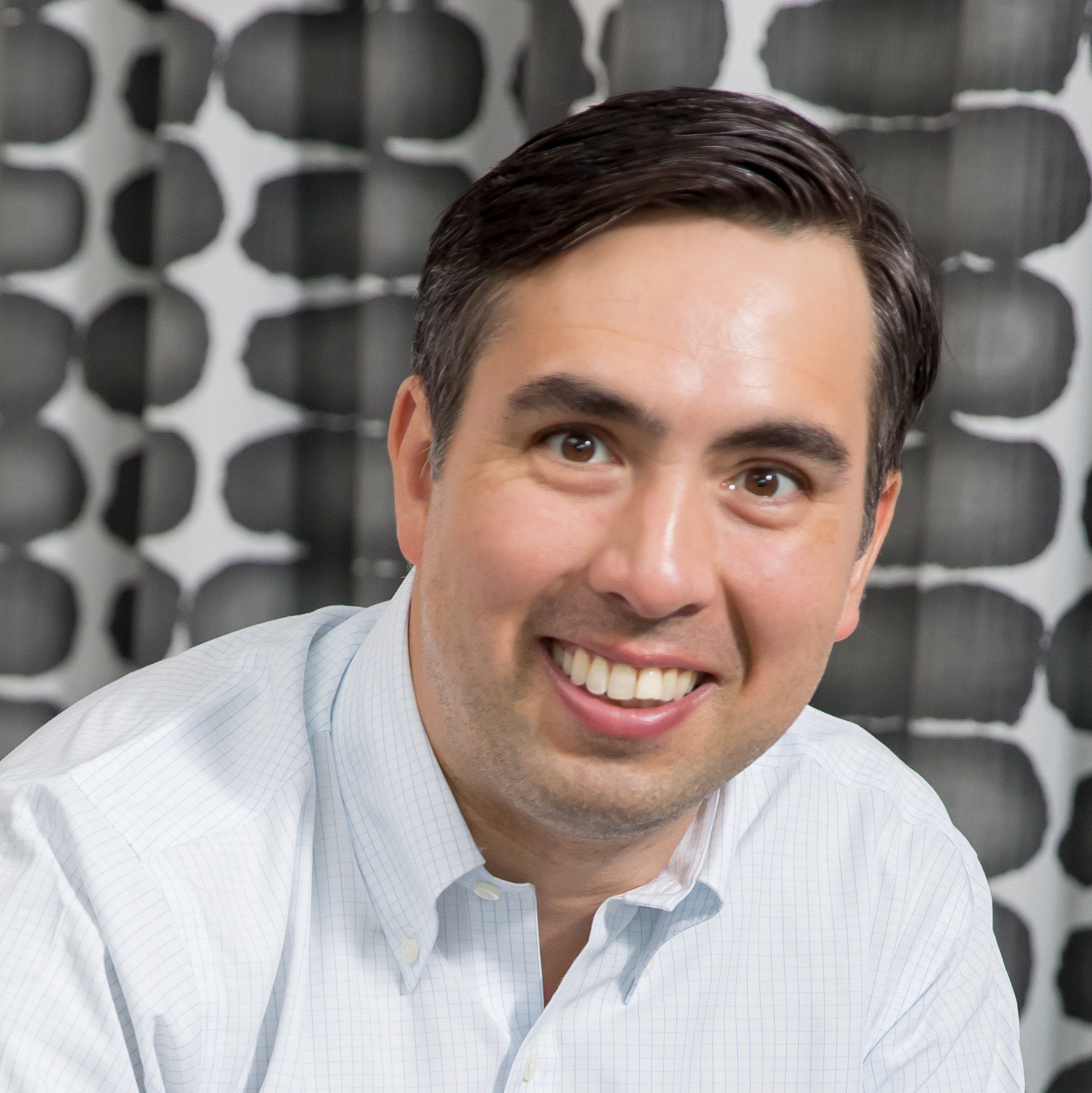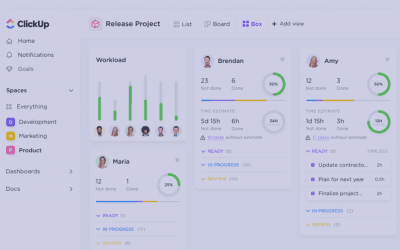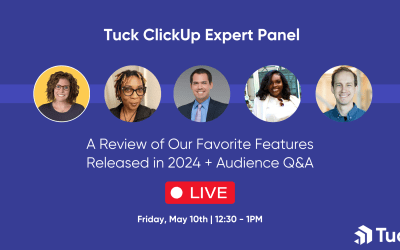
Summary: Limiting your investments in new technology to the tools that actually improve your organization or your lifestyle is very difficult in the digital age. Designer, researcher, entrepreneur, and author Amber Case reminds us that humans have always chased new, bright, shiny things. Case’s keynote at the 2024 Nonprofit Technology Conference introduced the nonprofit world to Calm Technology, a design philosophy for developing technologies that allow us to live in harmony with the systems we build.
Calm in the face of the AI storm
I attended the 2024 Nonprofit Technology Conference (’24NTC’) last week with our Managing Principal, Alex Tuck. It was my first time in Portland, Oregon, and the city did not disappoint! Our mission was to listen, learn, and discuss project management (especially with ClickUp). We attended a ton of sessions, made new friends, and saw the great work that nonprofits are doing to take care of our neighbors, protect our freedoms, and build a better world for our children. Side note: Alex and Isabel Tuck run their own nonprofit, People Helping People Global, so he’s already somewhat familiar with the space. 😉
While all the sessions that I attended were inspiring, Case’s keynote stuck me as being particularly relevant in 2024. While generative AI models have been around for at least decade, OpenAI’s introduction of ChatGPT in late 2022 opened the floodgates for new applications of AI and automation technologies in general, especially in office productivity suites, CRMs, and project management tools. As a Ruby Level Partner with ClickUp, we’re very excited about ClickUp Brain, the AI toolkit which will free up PMs from rote administrative and reporting tasks. For orgs with limited budgets (like many of the nonprofits in attendance at 24NTC), AI tools will free up time and budget for delivering on the mission, while back-office/background tasks get done through automations and AI.
As Case explained, ‘Calm Technology’ was coined by Mark Weiser and Seely Brown during their work at XEROX PARC in the ’90s. In their 1996 paper ‘The Coming Age of Calm Technology,’ they described a challenge looming ahead in the digital age: as computers became ubiquitous, relatively inexpensive, and accessible to the average person, the scarce resource would become our attention. How prescient!
Calm Technology was their solution: a design philosophy that promotes the development of technologies capable of enhancing our human experience while remaining on the periphery of our attention:
Some technology does lead to true calm and comfort. There is no less technology involved in a comfortable pair of shoes, in a fine writing pen, or in delivering the New York Times on a Sunday morning, than in a home PC. Why is one often enraging, the others frequently encalming? We believe the difference is in how they engage our attention. Calm technology engages both the center and the periphery of our attention, and in fact moves back and forth between the two.
While I’d love to read Case’s 2015 treatise Calm Technology: Principles and Patterns for Non-Intrusive Design, I fear that Weiser and Brown are right: my attention has become a scarce resource. Luckily enough, she’s compiled also complied a lot of her work on calmtech.com.
Remaining Calm and PMing along
Here at Tuck, we’re already riding the automation wave. Internally, we’ve tied ClickUp, HubSpot, and PandaDoc together to automate our client and consultant onboarding processes. On the client side, our consultant Berlynsea Tyler recently automated the grant writing and grant administration processes with ClickUp for the Partnership Project, a fiscal sponsor for environmental nonprofits.
In the coming months, we’re going to keep you updated as we incorporate ClickUp Brain, HubSpot’s ChatSpot AI, and Microsoft Copilot (we’re a legacy PPM Silver Partner) into more solutions for ourselves and for our clients. All that said, we remain committed to Project Management as a human endeavor – our Consultant Network has 60+ experienced IT professionals who have demonstrated the ability to apply proven technologies to solve business problems. In our consulting work with SMBs and nonprofits, we examine the processes before we start configuring tools or recommending ones. Our project managers are there for the humans, after all.
If you want to learn more about how we help clients get stuff done faster, more effectively, or automatically, send me a InMail message or book time with us here.

Andrew Guidarelli
Strategy & Partnerships
Andrew has been with Tuck since March 2021. He’s responsible for managing and sustaining relationships with vendors, clients, and teammates. He’s constantly searching out ways to establish collaborative relationships with new partners that support mutual growth and development for both parties.


